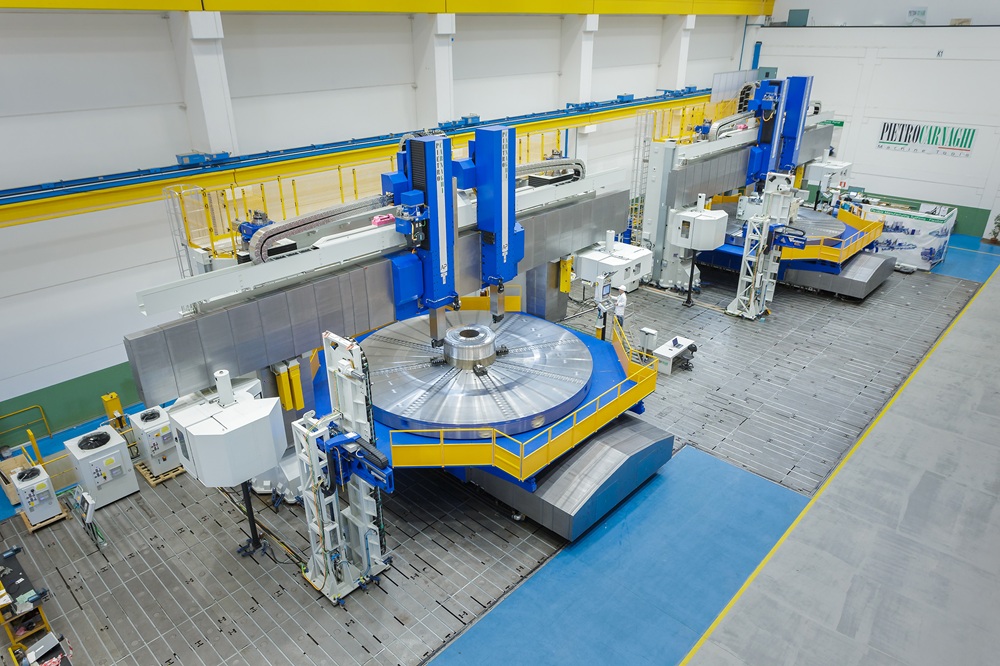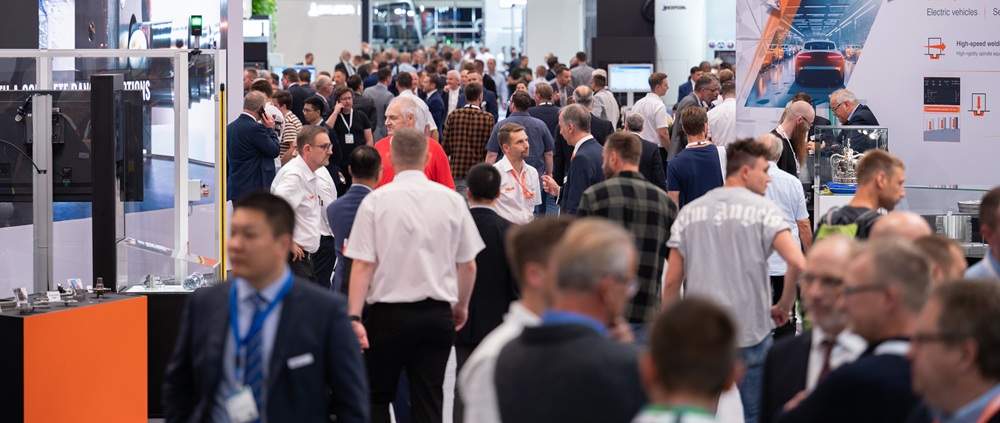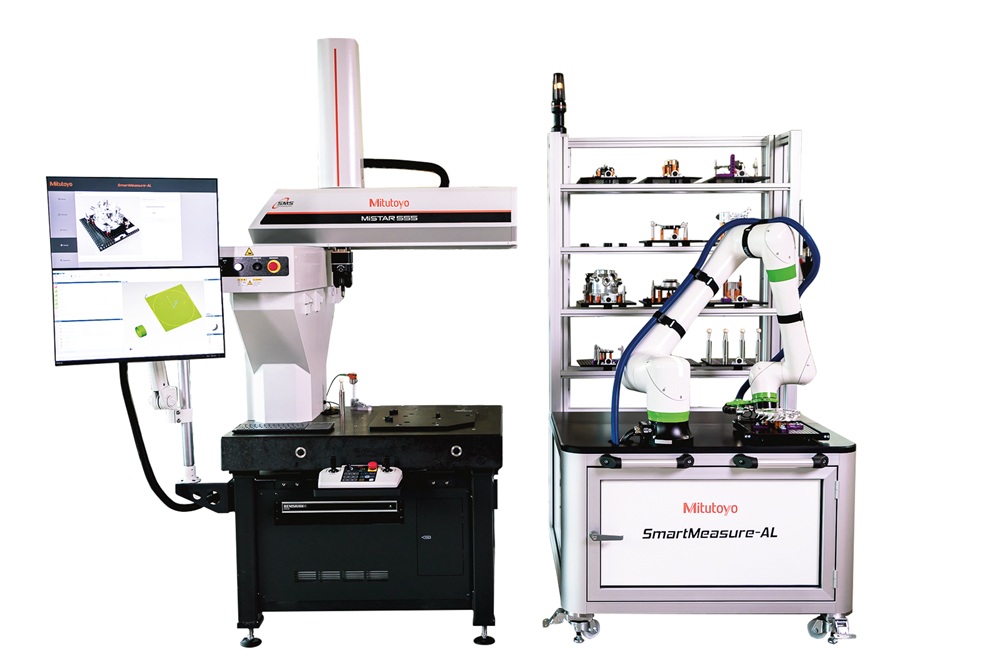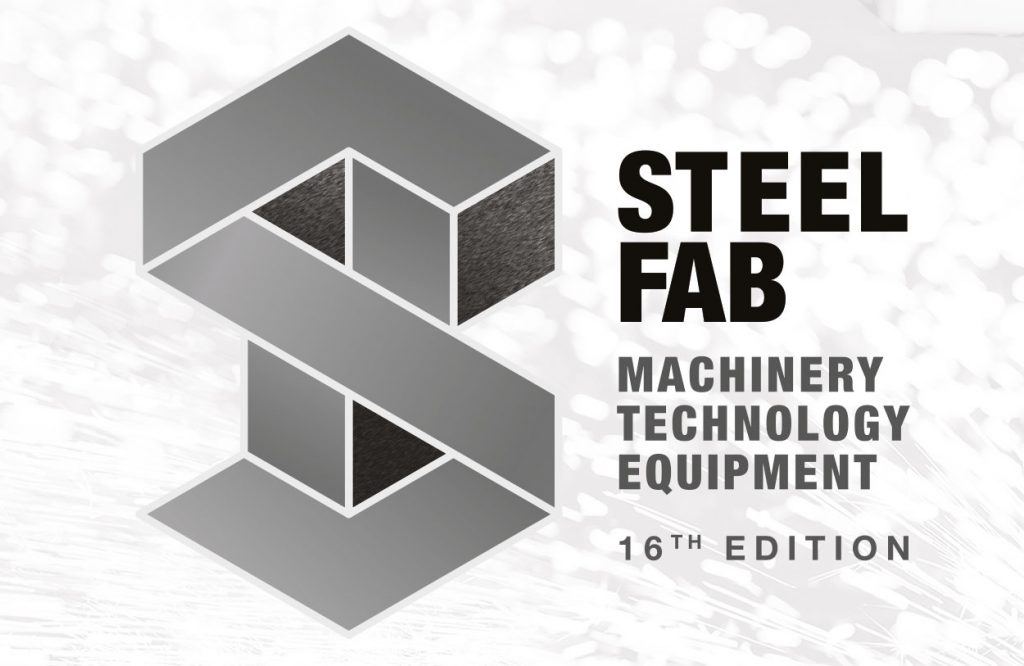Hexagon’s Manufacturing Intelligence division has launched its Autonomous Metrology Suite, software developed on the company’s cloud-based Nexus platform, which is designed to transform quality control. By removing all coding from CMM workflows, Autonomous Metrology Suite helps manufacturers accelerate critical R&D and manufacturing processes as experienced metrologists become harder to find.
Manufacturers across automotive, aerospace and general engineering report the same pressures: shorter product lifecycles and frequent design revisions have increased the need for high-accuracy measurement, but there are fewer skilled CMM programmers and quality data is scattered and underutilised. These issues slow new-part introduction and make it difficult to repeat good results shift after shift.
Hexagon’s Autonomous Metrology Suite tackles the problem head-on. A digital twin of every connected CMM synchronises with its physical counterpart, so the correct inspection program always reaches the right machine, helping to eliminate possible human error. All quality, utilisation and environmental information flows straight to a cloud dashboard, creating a continuous digital thread supporting data-driven decisions on the shop floor.
All applications in the suite share a consistent modern and intuitive web interface that guides both new and expert users through the process, helping to democratise the creation of CMM programs and reduce the level of skills required to interact with the solution. Depending on complexity, programming could be reduced from days to hours, following which the program deployment to one or more CMMs, execution and reporting can be fully automated from a single interface.
These efficiency gains are driven by a set of tightly integrated applications built on Hexagon’s Nexus platform, automating and streamlining the entire metrology workflow.
More information www.hexagon.com



















